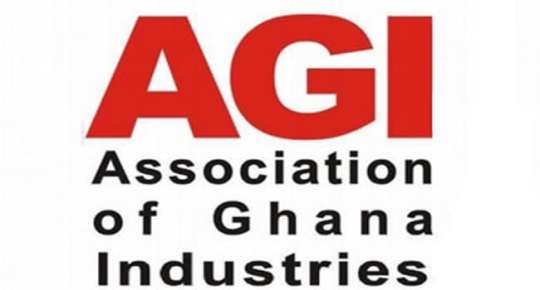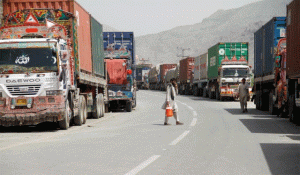Finance Minister, Ken Ofori-Atta, in the 2019 budget statement announced a GH₵400 million support to de-risk lending to the agriculture sector under the Ghana Incentive-Based Risk-Sharing System for Agricultural Lending Project (GIRSAL).
GIRSAL, Mr. Ofori-Atta explained during the 2019 budget presentation, was to help manage risks and stimulate private sector lending to the agricultural sector by providing guarantees to promote commercial bank lending.
Apart from the initial GH₵400 million funding, the minister promised a further US$14 million from the Africa Development Bank (AfDB), towards the establishment and operationalisation of the GIRSAL in 2019.
However, more than half a year since the announcement, players in the agricultural value chain say they are yet to feel GIRSAL’s impact or do not know where to access the GH₵400 million.
According to Association of Ghana Industries (AGI), GIRSAL could be a game changer for the sector and that it is important the fund is made operational.
“We request for an update and current status on GIRSAL,” said Fatima Alimohamed, who is the Agric Sector Chairperson at AGI, in Accra.
“The 2019 Budget set aside GH₵400M and an additional funding of US$14 million through AfDB to promote commercial bank lending to the Agric Sector. We haven’t seen or heard anything yet on this,” she adds.
Designed within the context of the country’s ongoing agricultural transformation including the Ghana Shared Growth and Development Agenda II (GSGDA II), GIRSAL is to help accelerate financing and interconnectedness of the agriculture sector to ensure that across its key components, it is functioning at optimal levels.
The underlying theme of the GSGDA II is socio-economic transformation, which involves a change in the structure and composition of the national output in ways that enhance broad-based, inclusive and sustainable growth.
It was therefore anticipated that lower lending for the agric sector, which employs more than half of the country’s population, will enable thousands of families to scale up production and to escape poverty, in addition to helping reduce the country’s reliance on imported food stuff.
Without any form of incentive, the agriculture sector, usually regarded as high risk by commercial banks, competes for limited funds with other sectors at very high interest rates.
According to Bank of Ghana, the average lending rate to the sector is 27.6 percent, which the AGI says is “too high.”
The current high lending rates, the AGI maintains, is the reason in spite of huge government, the sector’s contribution to GDP continues to fall.
Source: thebftonline.com







